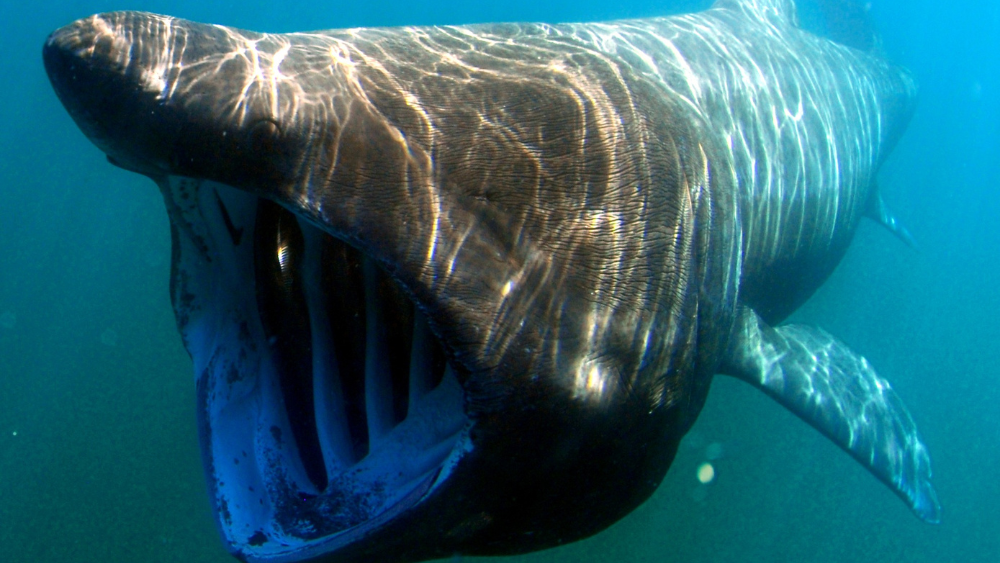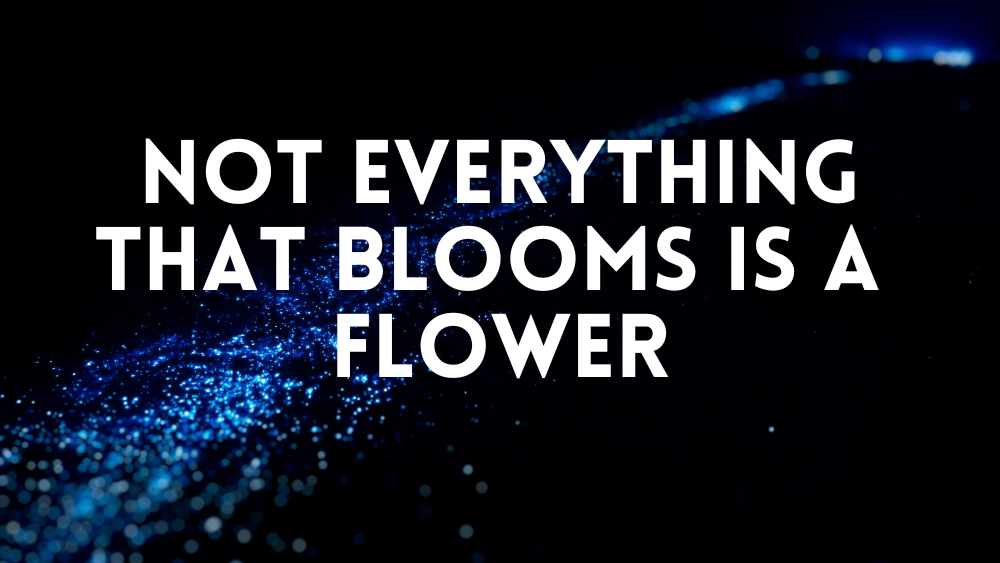Guest blog by Elaine Hayes, Plymouth Sound National Marine Park
Our oceans are amazing, they are home to nearly 230,000 identified species but it is estimated that there are up to 2 million more that are yet to be identified. Even if we take the ones we know about that is a species for every person living in Plymouth!
The creatures that live in Plymouth Sound can broadly be divided into animals and plants – although there are just a few that may not be either! Today we are going to focus on plants – more specifically algae.
Marine algae are a group that includes both seaweeds and phytoplankton. Seaweeds are of course the big chunky things you see attached to rocks or on the strandline. Phytoplankton are tiny plants that live near the surface of the ocean so they can photosynthesize and rely on ocean currents to move them around.
They are the food source for everything from small invertebrates to mighty animals such as basking sharks, they also have an incredibly important role in keeping us humans and other animals alive since they are responsible for producing approximately half of the world’s oxygen, literally the lungs of the planet!

Phytoplankton come in a huge variety of shapes and sizes from diatoms, which have stunning symmetry, to coccolithophores that have a type of armour plating to protect them, to dinoflagellates that can propel themselves along with hair attached like a tail.
So what does this have to do with blooming? Well, when the conditions are right their numbers grow hugely filling the top layer of the sea with what looks like a green soup, therefore producing more oxygen. However, with the increase comes toxins that are produced and are harmful to animals that live in the sea and to us and our pets. Dead or decomposing algae can often form a brown scum on the surface of the water and we have seen plenty of that in Plymouth Sound recently. It is best to avoid these areas when swimming as they can cause skin irritations, and they can also infect shellfish which when eaten, can make you very unwell.
So plankton are incredibly important to our continued survival – but they can be a blooming nuisance!


